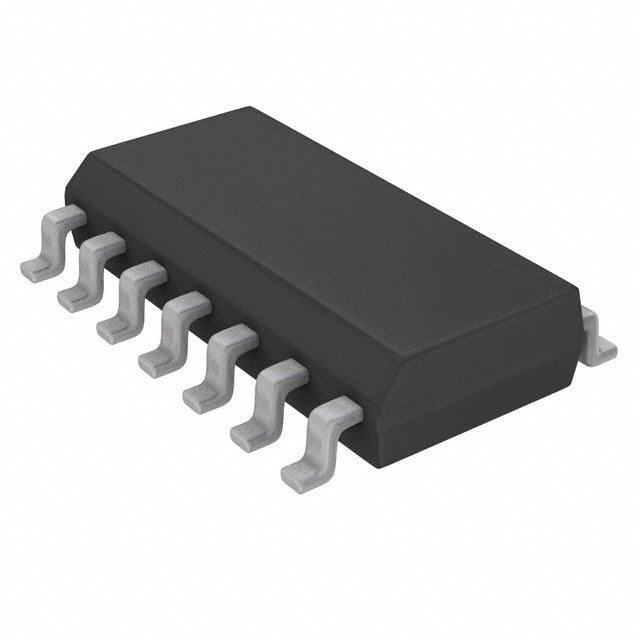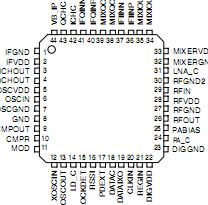MICRF501: Features: • Frequency range: 300MHz to 600MHz• Modulation: FSK• RF output power: 12dBm• Sensitivity (19.2k bauds, BER=10-3): 105dBm• Maximum data rate: 128k baudsApplic...
floor Price/Ceiling Price
- Part Number:
- MICRF501
- Supply Ability:
- 5000
Price Break
- Qty
- 1~5000
- Unit Price
- Negotiable
- Processing time
- 15 Days
SeekIC Buyer Protection PLUS - newly updated for 2013!
- Escrow Protection.
- Guaranteed refunds.
- Secure payments.
- Learn more >>
Month Sales
268 Transactions
Payment Methods
All payment methods are secure and covered by SeekIC Buyer Protection PLUS.

 MICRF501 Data Sheet
MICRF501 Data Sheet








